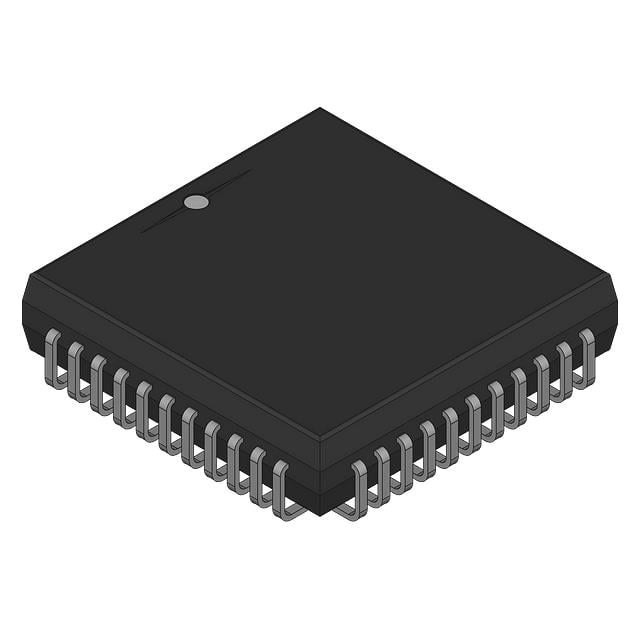ST16C650 Series, UARTs (Universal Asynchronous Receiver Transmitter)
Results:
2
Filters
Applied Filters:
ST16C650
About UARTs (Universal Asynchronous Receiver Transmitter)
Interface - UARTs (Universal Asynchronous Receiver/Transmitter) are physical circuits that enable the conversion of parallel data into serial data for transmission, or the conversion of received serial data into parallel data for use by microcontrollers or CPUs. They play a critical role in facilitating communication and data transfer within telecommunications systems. UARTs are commonly used in various applications, including computer systems, embedded systems, and communication devices. They provide a standardized method for serial communication, allowing devices with different data formats and protocols to exchange information. When transmitting data, the UART converts parallel data into a serial bit stream by sending out each bit sequentially. It also adds start and stop bits to the data frame for synchronization purposes. On the receiving end, the UART receives the serial data and converts it back into parallel data by assembling the individual bits into a complete byte or word. UARTs can support different data rates, which determine the speed of data transmission. The data rate is measured in bits per second (baud rate) and can be adjusted according to the requirements of the specific application. In addition to the basic functionality of data conversion, UARTs may include additional features to enhance their capabilities. These features can include internal oscillators for generating accurate timing signals, timers and counters for precise timing operations, GPIO pins for general-purpose input/output functions, and printer ports for direct connection to printers or other external devices. The selection of a UART interface depends on various factors such as the number of channels needed for simultaneous communication, the desired data rate, and specific application requirements. Different UARTs may support different protocols, such as RS232, RS422, or RS485, which determine the electrical characteristics and signaling methods for data transmission. Overall, UARTs are essential components in telecommunications systems, enabling the conversion of data between parallel and serial formats for efficient communication. They provide a standardized and flexible method for serial data exchange, supporting various data rates and incorporating additional features to meet specific application needs.


